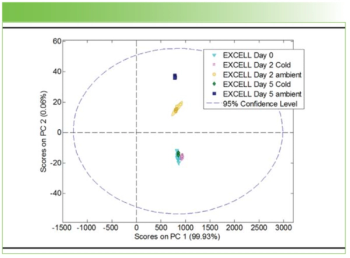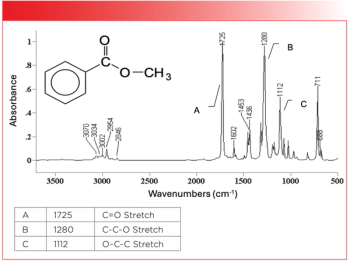
Scientists Investigate PFAS Interaction with Bovine Serum Albumin
In a recent study, a group of scientists analyzed the interaction between perfluorobutanesulfonyl fluoride and bovine serum albumin.
A new study published in Spectrochimica Acta Part A: Molecular and Biomolecular Spectroscopy focuses on investigating the interaction between Perfluorobutanesulfonyl fluoride (PBSF) and bovine serum albumin (BSA) using various analytical techniques (1). PBSF, commonly used in the production of fluorochemicals, is of environmental concern due to its non-biodegradable nature and increasing levels in humans. The research aims to understand the binding mechanism between PBSF and BSA, shedding light on potential toxicity mechanisms (1).
The researchers employed multiple spectroscopic methods such as fluorescence spectroscopy, UV–vis spectroscopy, circular dichroism spectroscopy, and synchronous fluorescence spectroscopy to analyze the interaction. The results indicated that PBSF forms a complex with BSA, resulting in fluorescence quenching through a static quenching mechanism. The thermodynamic parameters calculated for the interaction suggested spontaneity, with hydrogen bonds and van der Waals forces playing a significant role in the binding.
Synchronous fluorescence spectra revealed changes in the microenvironment surrounding tyrosine and tryptophan residues in BSA after the addition of PBSF. Fluorescence resonance energy transfer (FRET) analysis provided evidence for static quenching and the possibility of energy transfer from BSA to PBSF (1). Molecular dynamics (MD) simulations further validated the experimental findings.
The findings highlight the strong binding between PBSF and BSA, elucidating the interaction mechanisms through a combination of experimental and theoretical approaches. The study not only confirms the complex formation between PBSF and BSA, but also provides insights into the alterations in the microenvironment of BSA residues.
This article was written with the help of artificial intelligence and has been edited to ensure accuracy and clarity. You can read more about our
Reference
(1) Jin, X.; Xu, Z.; Zhang, M.; Jia, W.; Xie, D. Potential Toxic Effects of Perfluorobutanesulfonyl Fluoride Analysis Based on Multiple-Spectroscopy Techniques and Molecular Modelling Analysis. Spectrochim. Acta Part A: Mol. and Biomol. Spectrosc. 2024, 308, 123677. DOI:
Newsletter
Get essential updates on the latest spectroscopy technologies, regulatory standards, and best practices—subscribe today to Spectroscopy.




